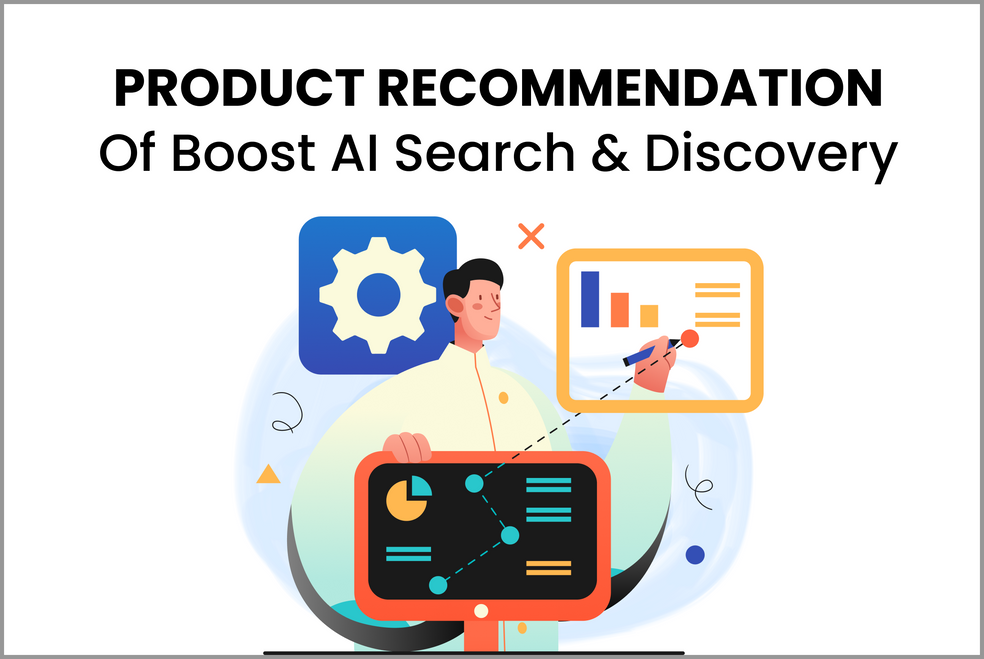What is Autocomplete Search?
Autocomplete search is the common name for a feature of many search engines in which a user enters one or more words and the search engine displays a list of predicted searches based on the characters entered so far.
The term is commonly used to describe Google’s Autocomplete function, but it can be used to describe similar features on other search engines or the site-wide search functions on eCommerce websites.
For example, if a user enters “shoes” into a search box, the autocomplete function will show possible searches for the phrase “shoes” as a drop-down menu.
These search queries suggested by the website itself are called “Search Suggestions”.
The user does not need to start typing in their query before getting a list of suggested searches. If the user begins typing, a website search can start from the top of this list and moves corresponding suggestions down according to how many characters are typed so far.
How does Autocomplete Search work?
It works based on the website’s internal algorithm. In order to automatically complete the search entry for a user, an algorithm will need its own internal dictionary.
Depending on each website’s algorithm, search suggestions in autocomplete search can be taken from pre-defined product or category names, or be automatically updated daily based on real users’ search queries on that website.
What is Autocomplete Search used for?
It is used to predict what users are searching for as they are typing their queries in order to provide suggestions that match their initial partial query.
It is also a shortcut to writing complete phrases or sentences in order to find relevant topics or search results. Autocomplete can assist with finding items on a web page or customized search results by using keywords that the user might not type out by themselves.
In an eCommerce website, Autocomplete Search is used for reducing product searching time, displaying product recommendations in real-time, and minimizing typo or syntax errors.
Popular examples of Autocomplete Search
1. Google
Google incorporated an autocomplete feature, which the company added in 2001. The feature was called “Google Suggest” until late 2010 when it was renamed to “Autocomplete.”
Google’s autocomplete was designed to predict queries that users might type into the search bar in order to provide short-term suggestions of possible searches.
The idea is that users will enter a couple of letters or words into the drop-down list, and the autocomplete feature will display a list of possible phrases that match those letters/words, which would be long-term suggested searches.
2. Amazon
When it comes to the best Autocomplete optimization, you cannot ignore the eCommerce giant: Amazon.
Amazon’s autocomplete is highly responsive and tailored to customers’ search intent. You can enter any keyword into Amazon’s search bar and it will immediately generate long-tail keywords relevant to your desired product search. These search suggestions are based on real searches that other customers perform on Amazon.
How to implement Autocomplete Search on your eCommerce website?
The most cost-effective and time-saving way to implement Autocomplete Search on your eCommerce website is to use an advanced product search app like Product Filter and Search by Boost.
With a smart built-in autocomplete search, it takes only a few minutes to set up and no coding is required to transform your store’s site search into a smart assistant who knows your customers well.
How to optimize Autocomplete Search on eCommerce websites?
1. Keep search suggestions simple
Autocomplete suggestions should be no less than 3 and no more than 10 in your suggestion box. Especially on mobile screens, you should not let your search suggestions exceed the typing interface. Users will ignore off-screen suggestions anyway.
2. Offer relevant personalized product ranking suggestions
There are many factors that decide the ranking factor of your search suggestions. The best way to rank suggestions closely to customers’ search intent is to collect site-wide search queries entered by all visitors and suggest keywords based on user search behaviors.
By collecting visitors’ data, you can suggest more personalized suggestions based on their location, language, or previously searched items for a better experience.
In case you want to promote a special product line or specific discounted item, you can prioritize this item in your trending product suggestions instead of meddling in the search suggestion queries.
3. Ensure fast speed in suggesting results
Autocomplete search on your website should always match the search speed of your site’s visitors and show up right after the first character of a user’s search query. This way, you show your users that autocomplete functionality is available to use.
4. Be visual
Highlight your search suggestion parts that are matched with users’ typed queries. This way, your users can easily focus on the suggested terms. Be selective in showing additional visual results or search suggestions in the search box. You don’t want users to lose their focus on their original search intent.
Also, make sure to provide visual depth where you dim out the surrounding parts of the search box when users enter the search box to start their product search.
5. Support both keyboard and mouse navigation
Allow your users to use both the mouse and keyboard to navigate up and down your search suggestion list. Make sure to let your users know that they have these options too. For the mouse click, you can highlight the hovered search query so users know this query is clickable.
The same for using keyboard arrows to move up and down your suggestion list. Let users hit enter to process the keyword search command too.
















